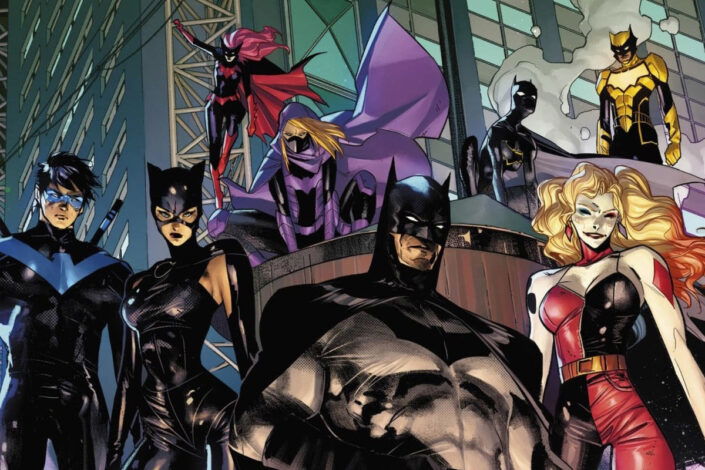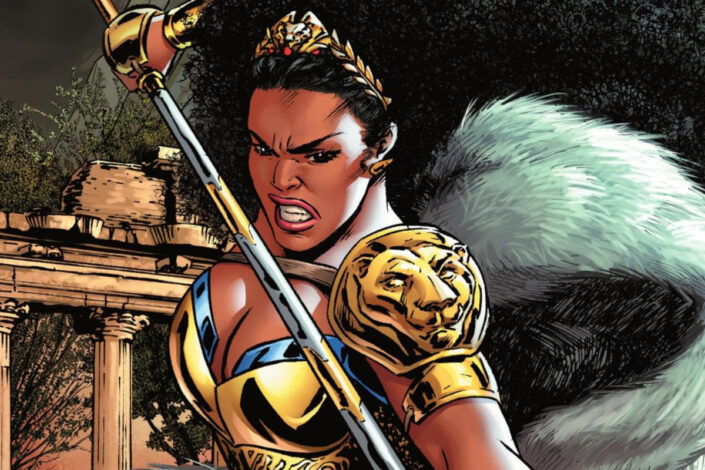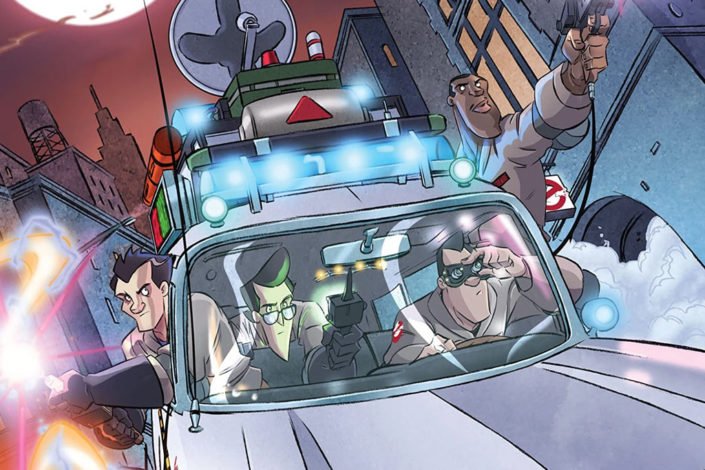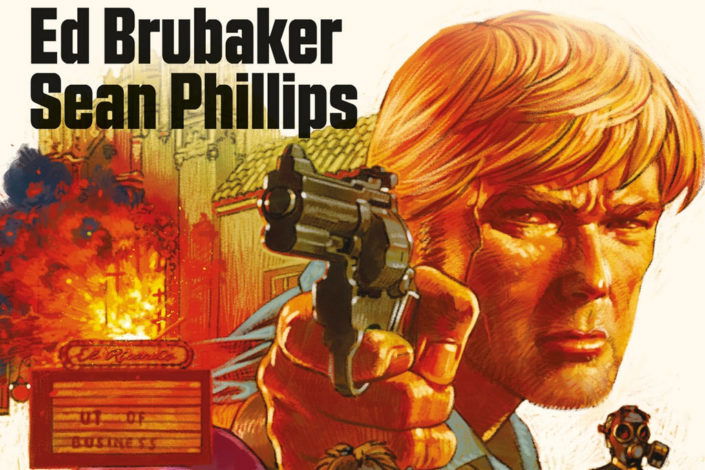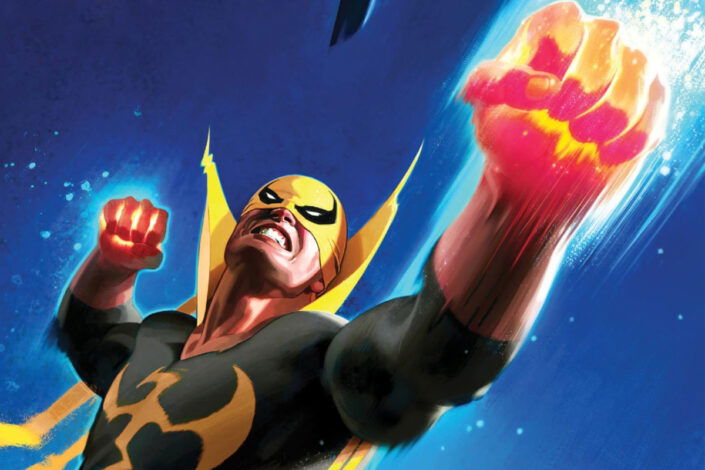Batman Infinite Frontier Reading Order
In the middle of James Tynion IV’s run on Batman comics, the DC Comics Universe was once more softly relaunched. Following the events of Dark Nights: Death Metal, Generations, and Future State, the DC Multiverse has in fact expanded into a larger Omniverse (and everything became canon). This was how the Infinite Frontier era was introduced—and launched in March 2021. It concluded with the Dark Crisis on Infinite Earths crossover event, in December 2022.
It was less than two years, but a lot has happened in Batman’s life with events like Fear State and Shadow War, and a new costume at one point. As usual, the Dark Knight’s adventures were published in Batman and Detective Comics, but also in the comic book anthology Batman: Urban Legends, the team books Batman/Superman and Batman/Superman: World’s Finest, and more!
There’s also a new Batman Incorporated comics and a new and different Batman in I Am Batman. Jace Fox is first introduced as the new Batman during Future State but soon gets his own series, written by John Ridley, and a lot of miniseries, most of which are out-of-continuity.
Of course, this is mainly about Batman, but the BatFamily is also featured. Nevertheless, their books are not necessarily included. Though, you can find them on their dedicated pages: Nightwing, Tim Drake, Damian Wayne, Jason Todd, Cassandra Cain, Stephanie Brown, Barbara Gordon, Batwoman, Catwoman, Harley Quinn, and Terry McGinnis (The Batman Beyond).
What to Read Before Batman Infinite Frontier?
As this new era started during James Tynion IV’s Batman comics run, it is recommended to be up-to-date with his work.
- Batman Vol. 1: Their Dark Designs
Collects stories from Batman (vol. 3) #85-94 and Batman Secret Files #3 - The Joker War Saga
Collects Batman (vol. 3) #95–100; Batgirl (vol. 5) #47; Detective Comics #1025; Red Hood: Outlaw #48; Nightwing (vol. 4) #74; The Joker War Zone #1; material from Harley Quinn (vol. 3) #75 and Catwoman (vol. 5) #25 - Batman Vol. 3: Ghost Stories
Collects Batman (vol. 3) #101–105, Annual (vol. 3) #5; Detective Comics #1027
Following Dark Nights: Death Metal, the DC Comics Universe went to the future with Future State. It may be skipped, but it is better to be familiar with some elements of this story to fully apprehend what is at stake, especially during the Fear State event. You can learn more about Future State in the dedicated reading order.
- Future State: Dark Detective
Collects Future State: Dark Detective #1-4 (main story), Future State: Catwoman #1-2, Future State: Harley Quinn #1-2, Future State: Robin Eternal #1-2, Future State: Batman/Superman #1-2. - Future State: The Next Batman
Collects Future State: The Next Batman #1-4, Future State: Nightwing #1-2, Future State: Dark Detective #1 & 3 (select stories), and backup stories.
